Dancer In The Dark (1999) Dir. Lars Von Trier

Dancer in the Dark (1999) dir. Lars von Trier
“This isn’t the last song, there’s no violin, the choir is quiet, and no one takes a spin, this is the next to last song, and that’s all…”
More Posts from Luhuhul and Others
AI, Cancer Therapy and Chemical Gardens Headed to Space Station
A new batch of science is headed to the International Space Station aboard the SpaceX Dragon on the company’s 15th mission for commercial resupply services. The spacecraft will deliver science that studies the use of artificial intelligence, plant water use all over the planet, gut health in space, more efficient drug development and the formation of inorganic structures without the influence of Earth’s gravity.
Take a look at five investigations headed to space on the latest SpaceX resupply:

Credits: DLR
As we travel farther into space, the need for artificial intelligence (AI) within a spacecraft increases.

Credits: DLR
Mobile Companion, a European Space Agency (ESA) investigation, explores the use of AI as a way to mitigate crew stress and workload during long-term spaceflight.

Credits: DLR
Plants regulate their temperature by releasing water through tiny pores on their leaves. If they have sufficient water they can maintain their temperature, but if water is insufficient their temperatures rise. This temperature rise can be measured with a sensor in space.

Credits: NASA/JPL-Caltech
ECOSTRESS measures the temperature of plants and uses that information to better understand how much water plants need and how they respond to stress.

Credits: Northwestern University
Spaceflight has an on impact many bodily systems. Rodent Research-7 takes a look at how the microgravity environment of space affects the community of microoganisms in the gastrointestinal tract, or microbiota.
The study also evaluates relationships between system changes, such as sleep-wake cycle disruption, and imbalance of microbial populations, to identify contributing factors and supporting development of countermeasures to protect astronaut health during long-term missions, as well as to improve the treatment of gastrointestinal, immune, metabolic and sleep disorders on Earth.

Credits: Angiex
Cardiovascular diseases and cancer are the leading causes of death in developed countries. Angiex Cancer Therapy examines whether microgravity-cultured endothelial cells represent a valid in vitro model to test effects of vascular-targeted agents on normal blood vessels.
Results may create a model system for designing safer drugs, targeting the vasculature of cancer tumors and helping pharmaceutical companies design safer vascular-targeted drugs.

Credits: Oliver Steinbock chemistry group at Florida State University
Chemical Gardens are structures that grow during the interaction of metal salt solutions with silicates, carbonates or other selected anions. Their growth characteristics and attractive final shapes form from a complex interplay between reaction-diffusion processes and self-organization.

Credits: Oliver Steinbock chemistry group at Florida State University
On Earth, gravity-induced flow due to buoyancy differences between the reactants complicates our understanding of the physics behind these chemical gardens. Conducting this experiment in a microgravity environment ensures diffusion-controlled growth and allows researchers a better assessment of initiation and evolution of these structures.
These investigations join hundreds of others currently happening aboard the orbiting laboratory.
For daily updates, follow @ISS_Research, Space Station Research and Technology News or our Facebook. For opportunities to see the space station pass over your town, check out Spot the Station.
Make sure to follow us on Tumblr for your regular dose of space: http://nasa.tumblr.com







PETER PAN (2003) dir. P. J. Hogan
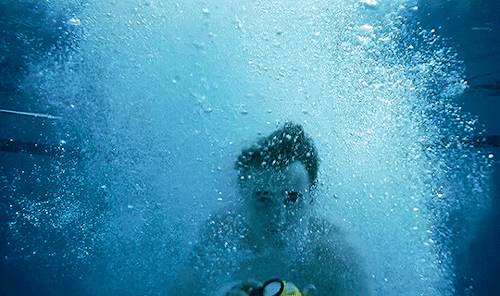






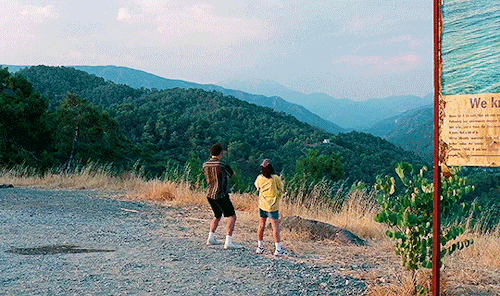

You can live wherever you want to live, be whoever you want to be. You have time.
Aftersun (2022) dir. Charlotte Wells









Asteroid City 2023 Directed by Wes Anderson

me checking in on my mutuals every day:






“Some things, once you’ve loved them, become yours forever.”
Kill Your Darlings (2013)


Roses, c. 1890. Abbott Handerson Thayer

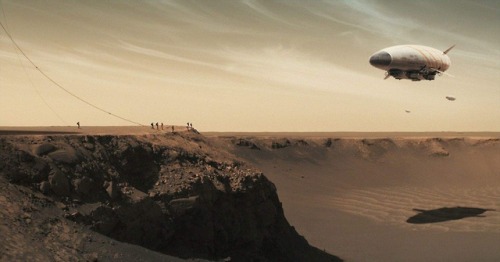
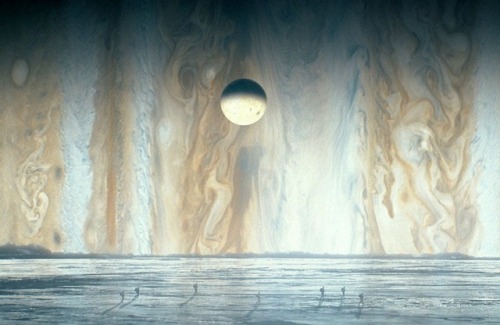

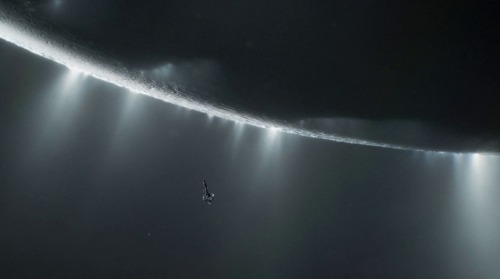
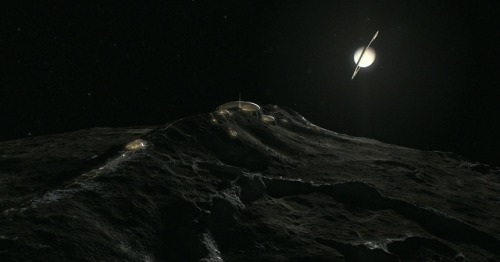
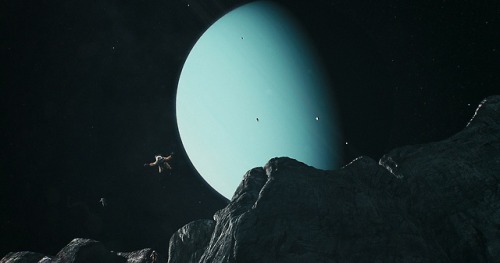
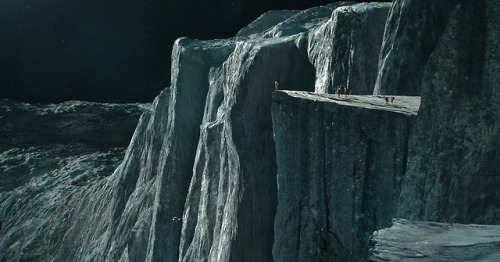

Will we one day explore the worlds of our solar system? How long will this take?
We have a diversity of worlds in our solar system. Majestic places…
Imagine being able to visit Mars and its hostile climate. Imagine being able to visit the moons of Jupiter, observe Io: the volcanic moon, Europa, the frozen moon and Ganymede a moon larger than Mercury itself and that has its own magnetic field. Imagine visiting the moons of Saturn and maybe passing close to your rings… Imagine orbiting or floating through Titan’s atmosphere and closely watching its lakes and seas of methane and liquid ethane. Imagine getting to know the geysers of Enceladus, the valleys of Tethys, and the craters of Mimas… Imagine being able to see the moons of Uranus and have a view of Verona Rupes, the largest cliff of the solar system, located in Miranda. Imagine being able to be in Triton and to be able to observe the cold and azualdo Neptune in the sky…


See How They Run (2022)
-
 noteworthy-thoughts reblogged this · 4 months ago
noteworthy-thoughts reblogged this · 4 months ago -
 sunshinymilk liked this · 6 months ago
sunshinymilk liked this · 6 months ago -
 gayworths reblogged this · 6 months ago
gayworths reblogged this · 6 months ago -
 gayworths liked this · 6 months ago
gayworths liked this · 6 months ago -
 kilzag liked this · 2 years ago
kilzag liked this · 2 years ago -
 kilzag reblogged this · 2 years ago
kilzag reblogged this · 2 years ago -
 veneroid liked this · 2 years ago
veneroid liked this · 2 years ago -
 come-back-to-yourself reblogged this · 2 years ago
come-back-to-yourself reblogged this · 2 years ago -
 asb0ys liked this · 3 years ago
asb0ys liked this · 3 years ago -
 xavi3rzinh0 liked this · 3 years ago
xavi3rzinh0 liked this · 3 years ago -
 bl3ssedb0y liked this · 3 years ago
bl3ssedb0y liked this · 3 years ago -
 roismaudits reblogged this · 3 years ago
roismaudits reblogged this · 3 years ago -
 planted-eggplant liked this · 3 years ago
planted-eggplant liked this · 3 years ago -
 star-of-saturn liked this · 3 years ago
star-of-saturn liked this · 3 years ago -
 jeagarsbombastic liked this · 3 years ago
jeagarsbombastic liked this · 3 years ago -
 banaaalne liked this · 3 years ago
banaaalne liked this · 3 years ago -
 lesbiannemesis liked this · 3 years ago
lesbiannemesis liked this · 3 years ago -
 zzunch liked this · 3 years ago
zzunch liked this · 3 years ago -
 thefallingstarlights liked this · 3 years ago
thefallingstarlights liked this · 3 years ago -
 givenwings liked this · 3 years ago
givenwings liked this · 3 years ago -
 only-susie liked this · 3 years ago
only-susie liked this · 3 years ago -
 morewaterplease liked this · 3 years ago
morewaterplease liked this · 3 years ago -
 ialwayswanttodie-sometimes reblogged this · 3 years ago
ialwayswanttodie-sometimes reblogged this · 3 years ago -
 tankgirlss reblogged this · 3 years ago
tankgirlss reblogged this · 3 years ago -
 pinkgasolineee reblogged this · 3 years ago
pinkgasolineee reblogged this · 3 years ago -
 workingmidnightsurgery liked this · 3 years ago
workingmidnightsurgery liked this · 3 years ago -
 jamaicanblackcastoroil liked this · 3 years ago
jamaicanblackcastoroil liked this · 3 years ago -
 ilovebeinghere reblogged this · 3 years ago
ilovebeinghere reblogged this · 3 years ago -
 mangekyo reblogged this · 3 years ago
mangekyo reblogged this · 3 years ago -
 imogm reblogged this · 3 years ago
imogm reblogged this · 3 years ago -
 dewroses reblogged this · 3 years ago
dewroses reblogged this · 3 years ago -
 kaiiivii liked this · 3 years ago
kaiiivii liked this · 3 years ago -
 perspectivewithin reblogged this · 3 years ago
perspectivewithin reblogged this · 3 years ago -
 peachfarmer liked this · 3 years ago
peachfarmer liked this · 3 years ago -
 breakingintotheartoftroll liked this · 3 years ago
breakingintotheartoftroll liked this · 3 years ago -
 04sweetheart liked this · 3 years ago
04sweetheart liked this · 3 years ago -
 company reblogged this · 3 years ago
company reblogged this · 3 years ago -
 smilingelm liked this · 3 years ago
smilingelm liked this · 3 years ago -
 immaythewriter liked this · 3 years ago
immaythewriter liked this · 3 years ago -
 deadend-mind liked this · 3 years ago
deadend-mind liked this · 3 years ago -
 anataliafilmtv liked this · 4 years ago
anataliafilmtv liked this · 4 years ago
